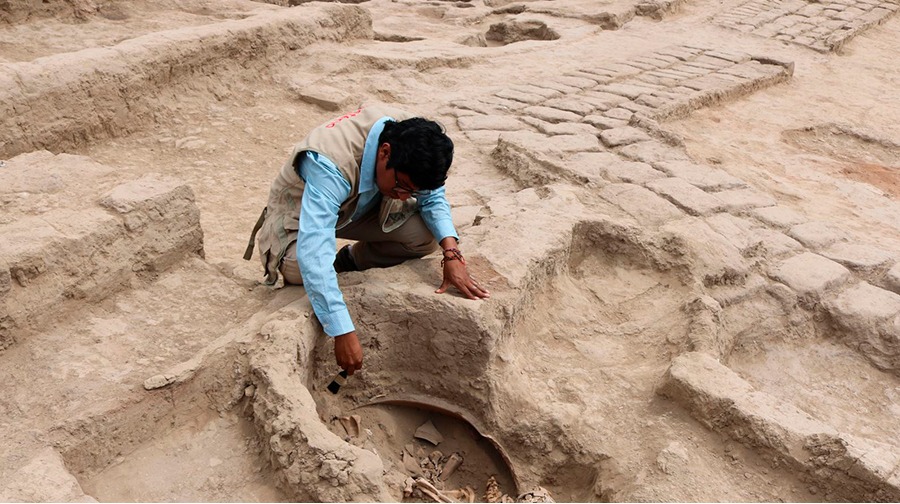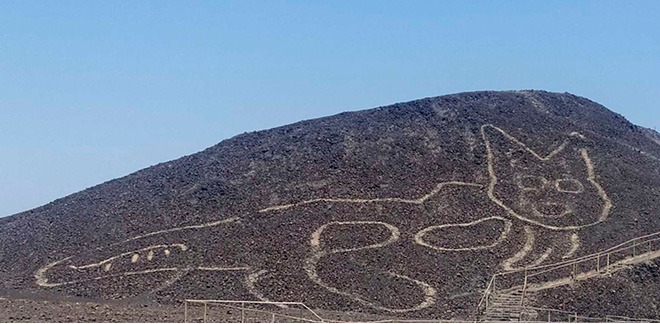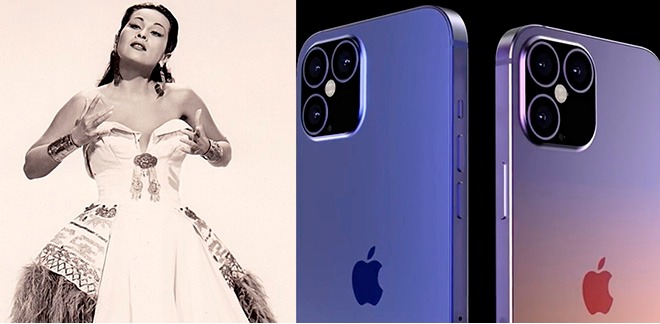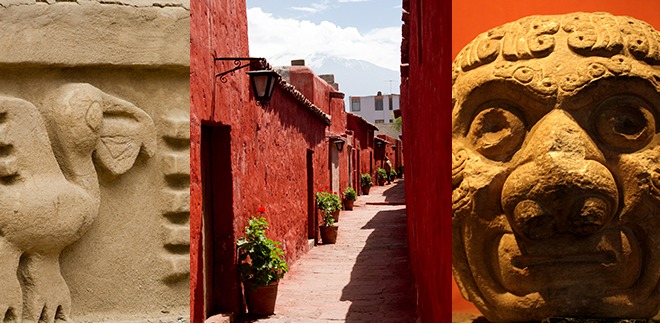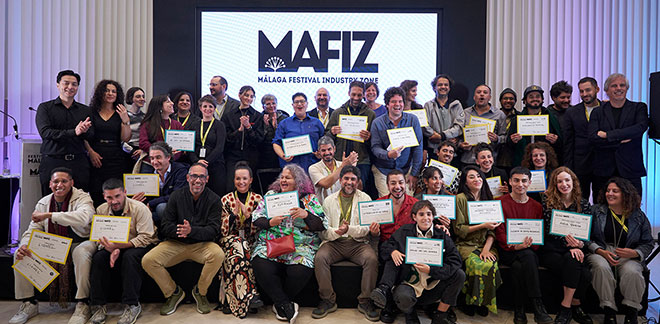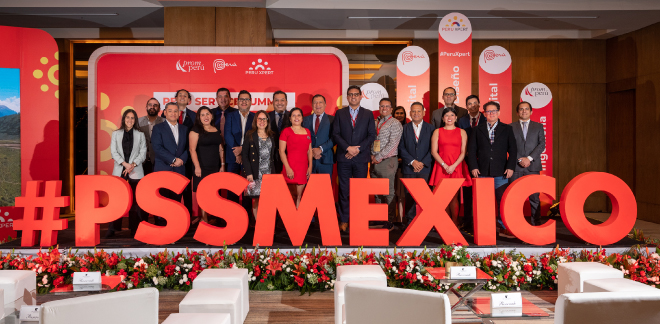11 tombs of elite Moche figures, an ancient culture from the northern coast of Peru, have been found
Síguenos en:Google News
The Moche culture is admired for having been an advanced civilization for its time, which was able to develop in an arid zone. It seems that there are still more pages to be written about its history, especially after the recent findings in the archaeological complex of Huaca Santa Rosa de Pucalá, in the Lambayeque region.
Eleven tombs of elite figures, mostly women, have been discovered next to a Wari enclosure in the form of a letter D. This discovery has brought up interesting insights into the relationship between the Mochica culture and the Wari culture, and is being closely followed by both national and foreign researchers.
Important discovery
The archaeologists of the Tumbas Reales Museum were behind this marvelous discovery that was announced to the public last December. The research work was part of a study on the expansion of the Wari, a pre-Columbian Andean culture that expanded throughout the territories of the northern coast, and on the fate of the elites of the Moche culture.
The area of the discovered tombs corresponds to a cemetery for the elite of the Middle Mochica period. The curious thing is that the characteristics of the tombs are different from the traditional ones of the local culture. "This tells us that it would not be limited to a single Mochica population," said Edgar Bracamonte, director of the Huaca Santa Rosa de Pucalá Archaeological Project.
Particularity
A characteristic of Moche culture is that burials show bodies in a south-north position, the head pointing south and the feet to the north. However, in this discovery a new pattern caught the attention of archaeologists; as some tombs are positioned in an east-west direction. In addition, there are some very noticeable markers in the lower area, which obviously signify something. This is another new aspect in the mode of burial.
It is important to note that funeral rituals were significant ceremonial activities for the Mochicas, who believed in life after death. Members of the upper class, such as governors or priests, were buried with offerings, jewelry, textiles, and ornaments typical of the higher hierarchy, as was the case of the Lord of Sipán, whose tomb was discovered by Peruvian archaeologist Walter Alva in 1987.
Mysterious characters
The bodies found by the specialists will be the subject of much study, since one was found with a metal scepter and another with a covered burial chamber, something that was only reserved for the more elite people.
They also found another tomb that contained three individuals. However, the main interest lies in the fact that the tombs found are contemporary to the Old Lord of Sipán (Mochica hierarchy, between 300 and 400 years AD) and, as Bracamonte explains, at that time people were customarily buried alone. Further excavations will help unveil more on this topic.
Wari Presence
The archaeologists also discovered a Wari ceremonial site at Huaca Santa Rosa, in the sector of Plain 3. This space probably corresponds to the Wari culture since it is shaped like a D, a characteristic pattern of their temples. In 2018, another monument was found in the same place, which once again raised the question of what the fate of the last Mochicas was.
The recent finding, however, is larger and older. Given these conditions, it could be the first established Wari site in the Pucalá area. In this same sense, the deterioration of its architecture could indicate that its final days were troubled.
Did you know?
The Mochica culture developed between the first and eighth centuries AD, and extended its territory through the valleys of the Jetepeque and Lambayeque rivers, between the regions of Cajamarca and La Libertad.
Sources: Andina/ National Geographic/ Museo Larco


